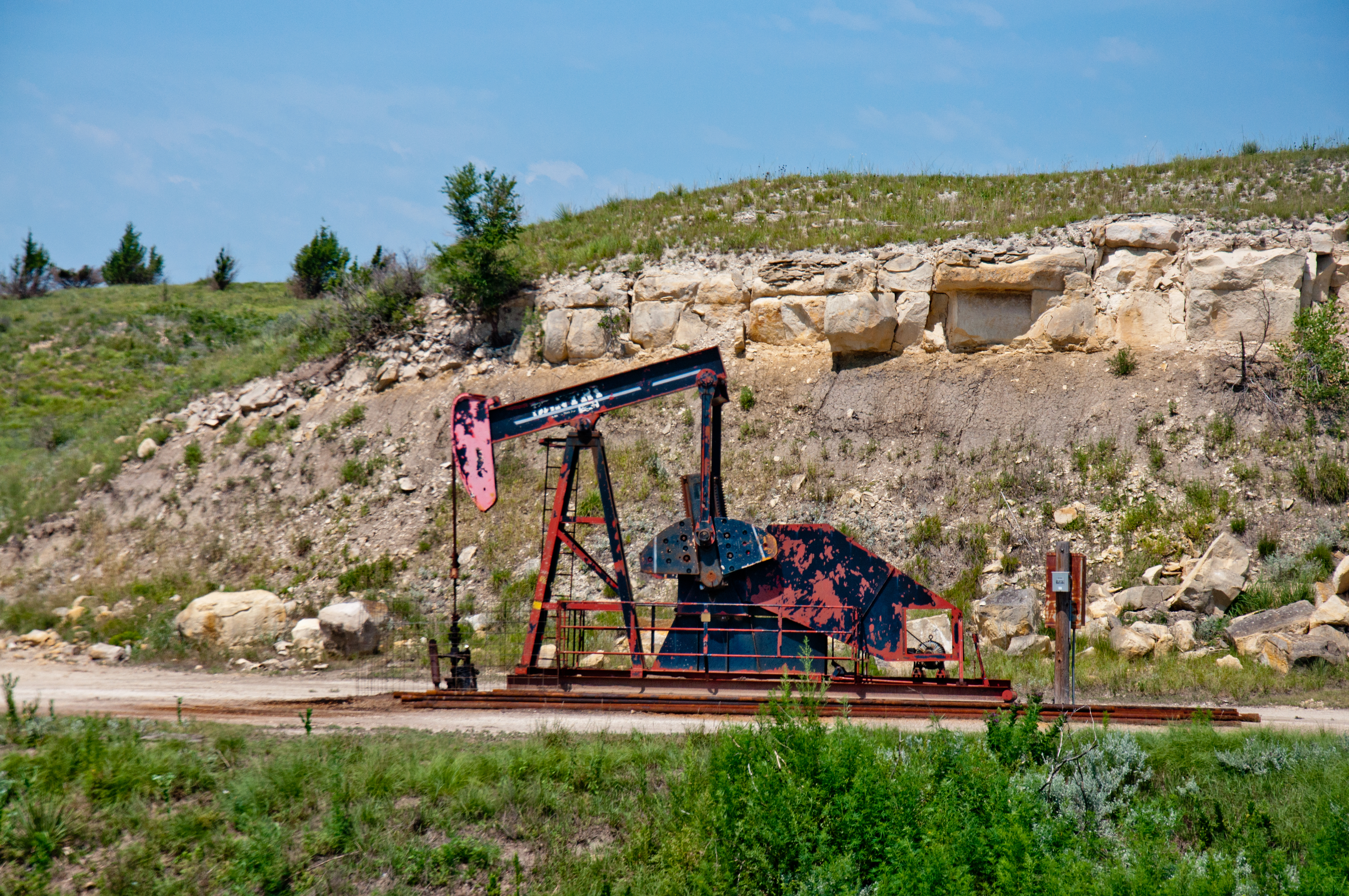By JOHN P. TRETBAR
Kansas Common crude at CHS in McPherson starts the week Monday at $46 a barrel. The Kansas benchmark ended the month of July at $48.75 a barrel. That’s a dollar more than the average price for the month. But it’s half a dollar less than at the beginning of the month, and $10.25 below the price on the same date a year ago.
A new federal report shows Kansas crude-oil production dropped to 2.81 million barrels in May. According to the latest numbers from the Energy Information Administration, the daily statewide average in May was 91,000 barrels per day, down four thousand barrels per day from April, and down six thousand barrels per day from May of last year.
National crude-oil production totals declined as well. EIA said U.S. producers pumped more than 375 million barrels or 12.1 million barrels per day. That’s down 54,000 barrels per day from April but is more than two million barrels per day higher than the average in May of last year. The state of Texas pumped more than 41% of the national total at 4.9 million barrels per day. North Dakota reached 1.3 million barrels per day, and New Mexico notched 900,000 barrels per day.
The Kansas Corporation Commission reports 111 new intent-to-drill notices filed during the month of July, a slight drop from the month before. So far this year there are 641 intents in Kansas, down from 1,067 through July of last year. The KCC shows three new intents in Barton County, five in Ellis County and one in Stafford County.
The weekly Rotary Rig Count from Baker Hughes shows 942 active drilling rigs nationwide, down six oil rigs. The count in Oklahoma dropped by five while New Mexico was down two rigs. Independent Oil & Gas Service reported a drop in the number of active rigs in Kansas, but an increase in the total rig count for the state. East of Wichita there were 12 active rigs last week, up two. In Western Kansas the count dropped by four to 22 active drilling rigs. Drilling was underway on one lease in Ellis County and one in Stafford County.
Regulators approved 19 permits for drilling at new locations last week. Seven of those were in eastern Kansas and 12 were west of Wichita, including two new permits in Barton County. So far this year we’ve seen 569 new drilling permits, well below the 1,000 new permits issued by this time last year.
Independent Oil & Gas Service reports 20 newly-completed wells over the last week, three in eastern Kansas and 17 west of Wichita, including one in Barton County, one in Ellis County, and two in Stafford County. Operators have completed 843 wells so far this year, compared to 917 at this time last year.
The government reported a large weekly drop in U.S. crude oil stockpiles. The U.S. Energy Information Administration reported inventories of 436.5 million barrels. That’s down 8.5 million barrels from a week ago, but right at the five year average for this time of year.
EIA reported total U.S. crude oil production of 12.244 million barrels per day for the week ending July 26. That’s the fifth highest weekly production total ever, up 985,000 barrels from the week before. The cumulative daily average so far this year is up 15% over the same period a year ago.
Crude-oil imports dropped last week to 6.7 million barrels per day. The four-week average is down 13% from the same period a year ago. Total gasoline inventories decreased by 1.8 million barrels last week and are about 2% above the five year average for this time of year.
The Association of American Railroads reports the oil patch is one of just three categories of rail freight that showed growth for the week ending July 27. Oil-by-rail totals remain above year-ago levels but growth continues to slow. Operators filled 12,642 rail tanker cars with petroleum and petroleum products, up 4.1% over the weekly count a year ago. Canada’s tanker car traffic was up nearly 24%.

